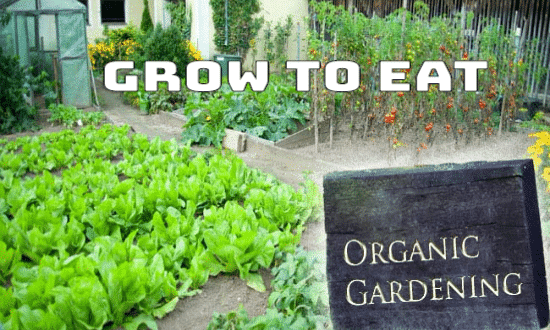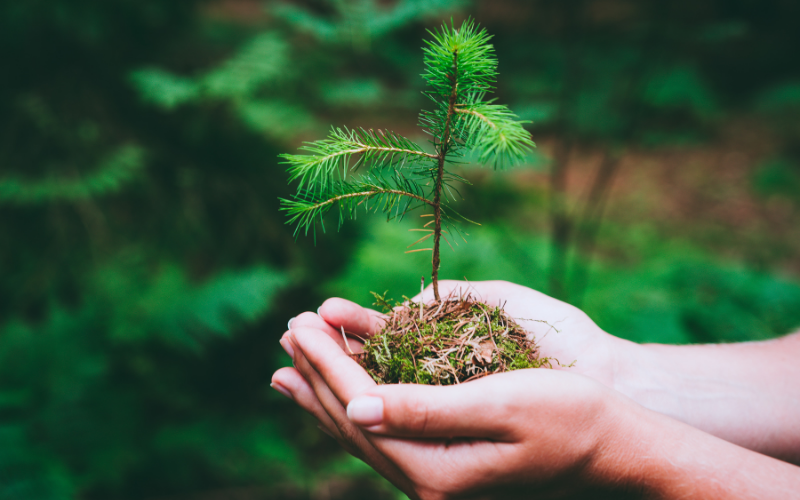Nowadays, more and more people are turning to organic gardening for its numerous benefits. First of all, growing organic and chemical-free vegetables in own your garden guarantees that you will be serving only the healthiest food on the table. Since organic groceries are often expensive, it’s no wonder that many people opt for growing their vegetables. Moreover, gardening itself is a great pastime activity that can be enjoyed by the whole family. The hardest part is getting started.
Therefore, here are some useful tips on how to start with organic gardening and grow organic food in your own garden, and how to grow Pine Trees in your garden:
How to prepare the garden for organic gardening
First things first, prepare the garden in the fall. You can either check the quality of the soil with a testing kit and then get the soil ready or, if you lack time, add humus and compost right away to nourish the soil. Another thing that is extremely important is to make the compost by yourself and avoid using any chemical treatments. Choose a space measuring three square feet or a deck garden where you will throw away your kitchen scraps like eggshells, banana peels, and garden trimmings like leaves. Add more soil over this and keep it moist.
Choose your plants wisely
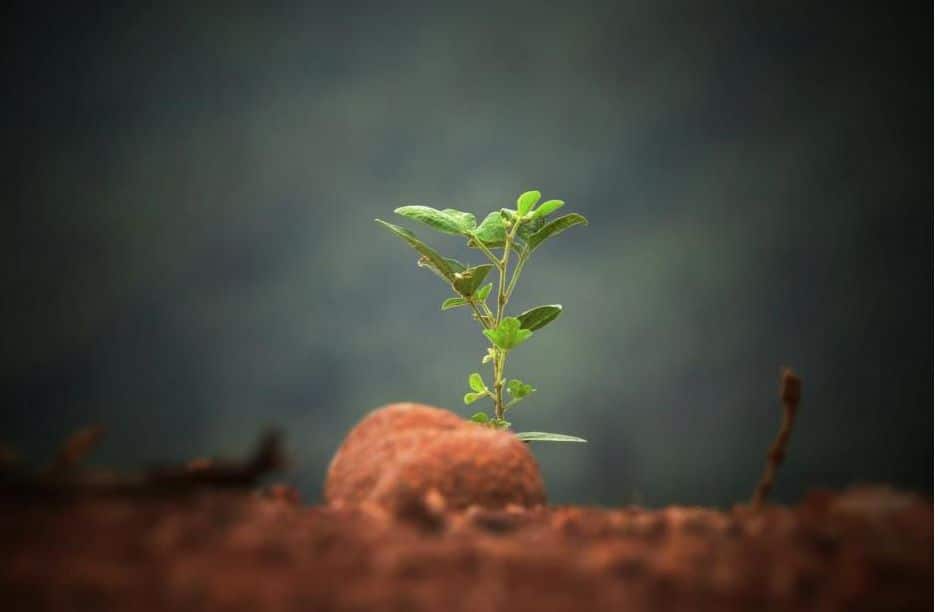
After getting the soil ready for a new season, consider the weather and the climate in your area when choosing which vegetable to cultivate. It’s best to select the ones that will thrive in your conditions because their maintenance will be easier as well. Consult farmers in your local market about this topic. When you are purchasing seedlings, choose only the plants that were not chemically treated. It’s better to buy the seedling with thick stems so as not to overcrowd the garden. The plants that you can easily grow from seeds are sweet peas, coriander, cucumbers, squash, and dill.
Birds and bees instead of pesticides
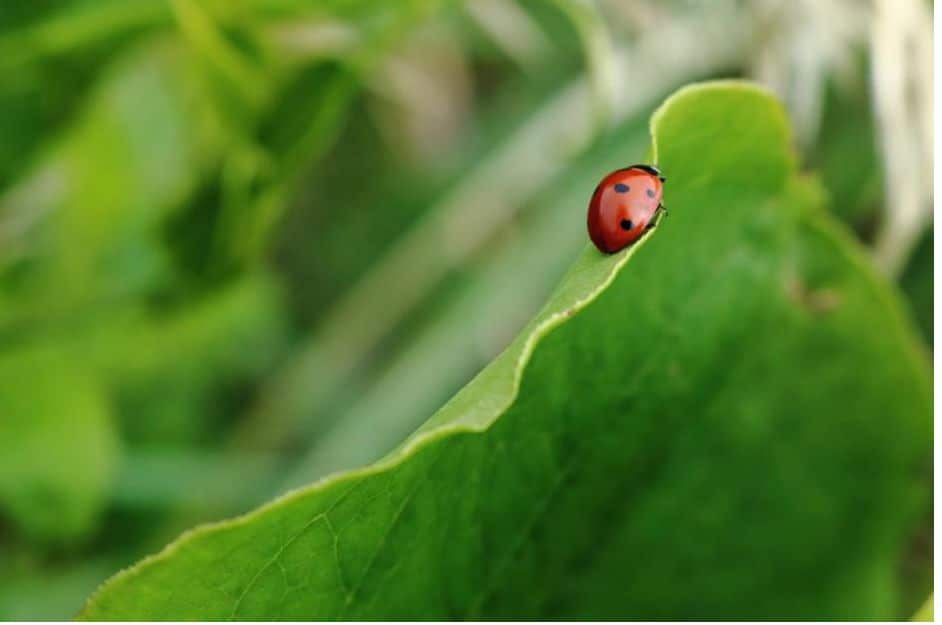
A healthy plant is one that has been grown pesticide-free. This plant contains all the valuable vitamins and minerals which are essential for our diet. The deficiency of these nutrients occurs when using pesticides. Sometimes, even washing the vegetables is not enough to wash away their harmful toxins. Instead of using pesticides, attract some useful insects such as ladybugs, because they pray on whiteflies. Ground beetles will save you from slugs or caterpillars. Also, you can set a birdhouse and attract the chipper bird to ward off any garden pests. Lizards and frogs are useful, too.
Tips for watering plants
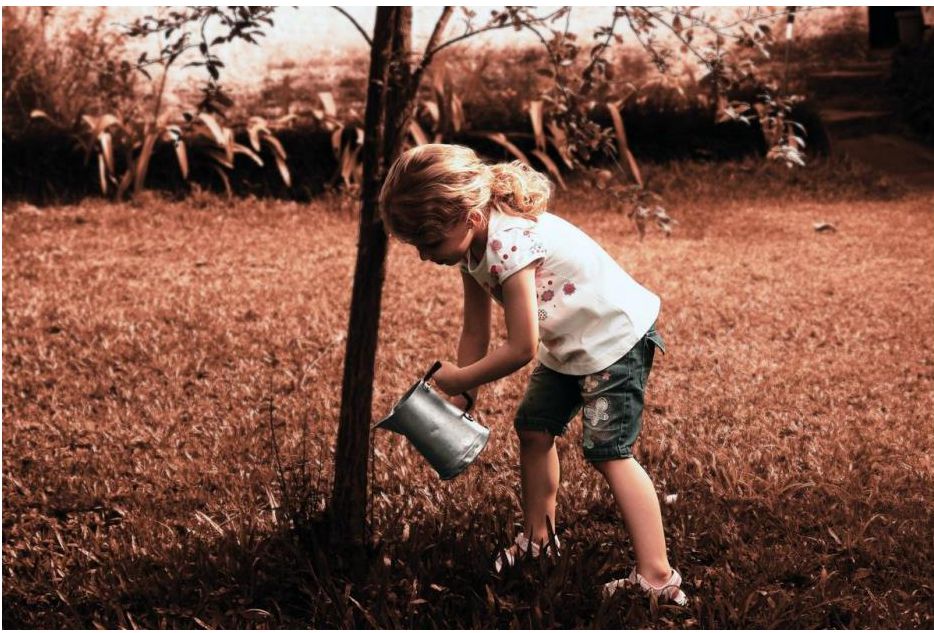
Usually, when it comes to watering, many beginners make all sorts of mistakes. Avoid watering the plants in the evening, because such a routine can make them prone to fungal diseases. It’s better to water them in the morning. Avoid watering the greenery, since it is fragile. Make sure to water the root. Invest in some functional sprayer and shower wands or a drip irrigation system to make the whole watering process easier. The amount of water that plants should receive weekly is about one-inch water. The water’s temperature should be at the air temperature.
Easy garden wedding
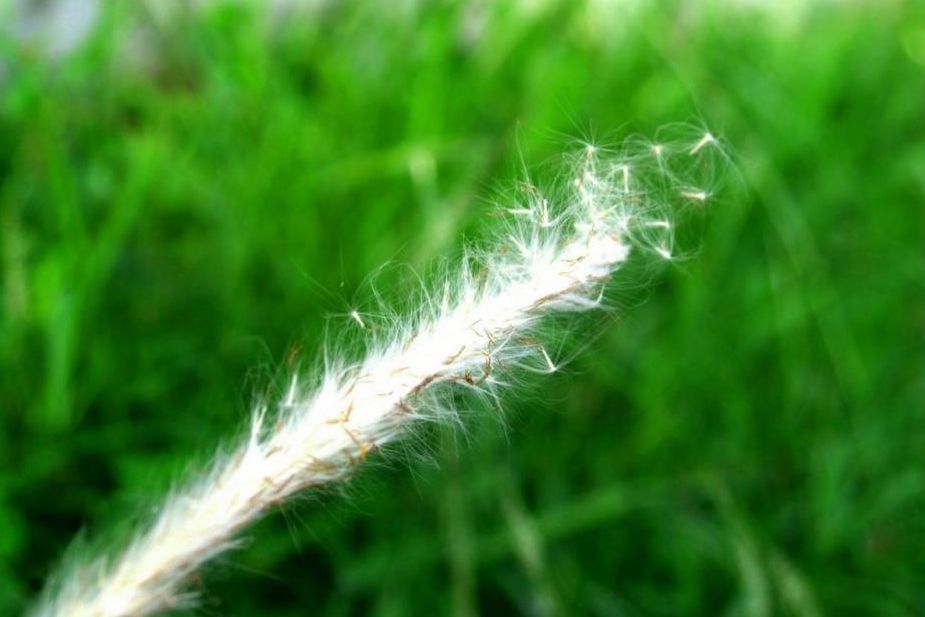
Although this is not the most fun activity, it is the most beneficial for your vegetable garden. Getting rid of weeds is essential so that your plants can grow without any obstacle. This task is seldom easy because weeds are quite persistent. For easy garden weeding, use the right tools like hand hose, weeders, gloves, etc. Give thought to using mulch to reduce the weed in your garden. It will nourish the soil and prevent the growth of weed seeds. Conveniently, there are many types of organic mulch like bark mulch, mulch made from chopped leaves, or straws.
Harvest the goods from the garden
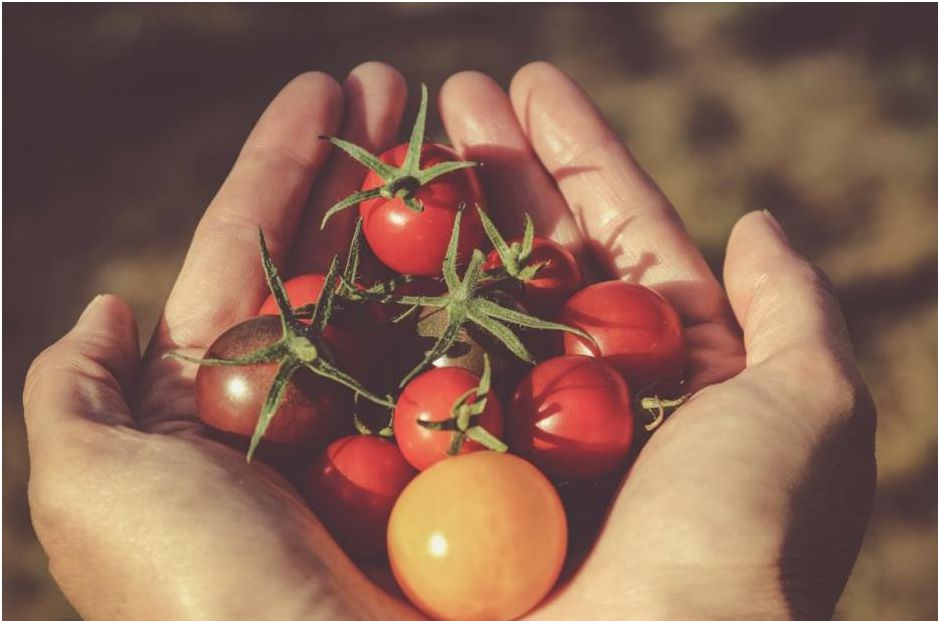
From October to November, you will be harvesting the vegetables from your garden. Begin with harvesting the herbs in the morning, which you will dry and later store. Do not wash them before you dry them since they can lose their aroma. When it comes to vegetable harvest, chop off the broccoli when its central part gets big. Cucumbers can be harvested at any time, depending on how you will prepare them. Do not leave them too long as they get dry. Peppers and tomatoes will ripe after the harvest, so it’s not a problem if you harvest them early.
Eat healthy with organic gardening
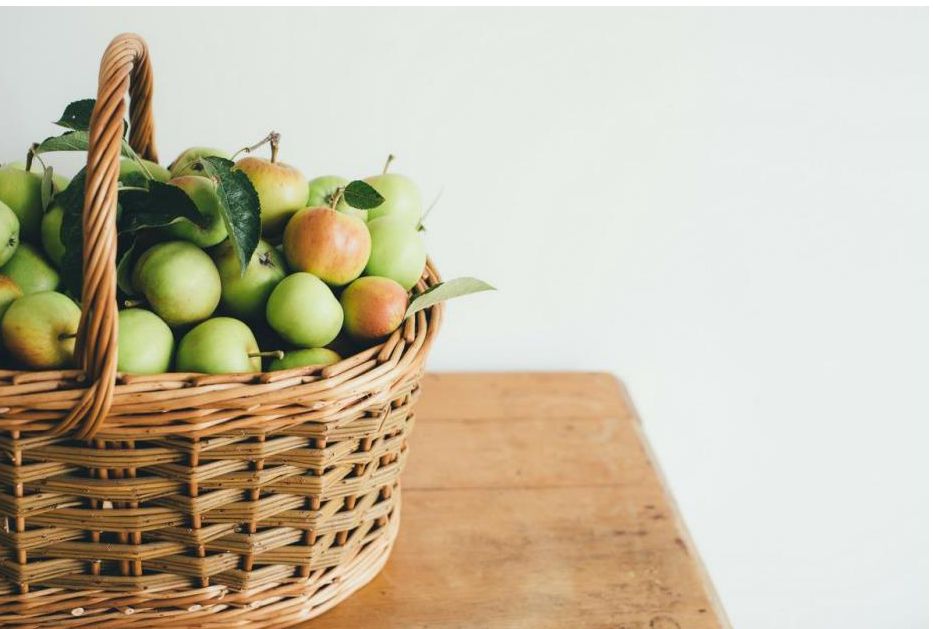
We are what we eat. If we want to be healthy, we need to eat healthily. With organic gardening, it’s easy to provide fresh and healthy vegetables without using any harsh chemicals. All you need is to prepare your garden and choose the plants. With some proper care, regular weeding, watering, and a little help from useful garden insects, you’ll be harvesting the goods from your garden in no time.
How To Grow Pine Trees In Your Garden
You can grow pine trees in your garden too. Caring for pine trees and growing them is easy. It begins by choosing a suitable location site and plant the tree properly. Once established in the right area, you don’t need to take care of pine tree care at all. The tree will have plenty of sunlight as it grows. You need to make sure about this. It requires moist, rich soil that drains freely too. To be sure about the drainage, dig a hole about a foot (30 cm.) deep, and fill it with water. After twelve hours, the hole should be empty. Start by digging a hole twice the size of the container or root ball. You want a den that is precisely deep enough so that the tree sits with the soil line. You risk rot if you bury the tree too deep. Remove the tree from the pot and spread the roots so they are not circling the mass of roots. Cut through them to keep them from rotating, if necessary. The tree needs to stand straight and with its best side forward. Then you will put it in this position backfill it. Press down the soil to remove air pockets. When you fill the hole, half fill it with water. Let the water drain and then continue. Flush with water when the hole is full again.
If you grow a pine tree from seed, you can use the same planting instructions above when the seedling has grown six inches to a foot in height.
Water planted trees every few days, in the beginning, to keep the soil thoroughly moist but not soggy. Water weekly in the absence of rain after a month of planting. Once established and growing, pine trees only need water during prolonged dry spells. Don’t fertilize the tree during the first year. The first time you fertilize, use two to four pounds (.90 to 1.81 kg.) of 10-10-10 fertilizer for every square foot (30 cm²) of soil. In subsequent years, use two pounds (.90 kg.) of fertilizer for each inch (30 cm.) of trunk diameter every other year.

